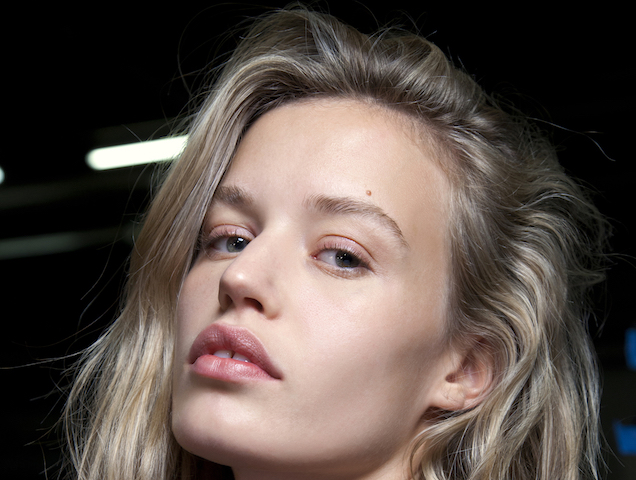In winter, we’re diligent about liberally applying moisturizer to our hydration-starved complexions. But are we paying the same attention to the skin under our hair to maintain a healthy scalp?
A dry, irritated scalp can be a problem at any time of the year, but the winter weather can make it that much worse. Changes in weather can throw off the balance of your scalp’s natural hydration system, says Bosley Professional Strength certified trichologist and product and technical specialist Michelle Blaisure. The cold weather and indoor heating lead to even more scalp “confusion.” On top of that, she points out that wearing hats where the scalp is not allowed to breathe adequately can negatively affect its balance. Thanks, winter.
The problem with dry scalps is that they’re not initially as obvious as exposed areas. “Typically, people don’t realize they have a dry scalp until they see it or really feel it so flakes and itching are usually the major indicators,” reveals Kristin Ess, celebrity hairstylist and founder of Kristin Ess. And it’s very likely that dry scalp is affecting your hair health. Lars Skjoth, founder/CEO of Harklinikken, points out that up to 50 percent of the world’s population is suffering from a dry scalp, itchy scalp and/or flaky scalp due to dandruff. For some it can be temporary, but others struggle for years with dry scalp.
Dry Scalp vs. Dandruff
A dry scalp doesn’t necessarily equal dandruff, even if there are flakes. True dandruff is due to an overgrowth of a fungus naturally part of the scalp microbiome, says Blaisure. The imbalance causes scalps to overproduce skin cells, which leads to unsightly flakes. Dandruff flakes tend to stick to hair because of excess scalp sebum, whereas dry scalps produce white flakes that fall out, says Kevin Hughes, artistic director at Moroccanoil.
Dry scalps can also be caused by overusing products with a high alcohol content, shampooing too frequently, dehydration and the aforementioned change of seasons, according to colorist Amy Mrkulic of Vu Hair Salon in New York City. Dandruff should most likely be treated by a doctor, whereas dry scalps can be treated at home, she advises.
The Importance of Scalp Health
Maintaining a healthy scalp is essential for a mane that’s #hairgoals. Ebony Bomani, hairstylist and master cosmetologist and educator at The Mane Choice, sums it up: “The scalp is where hair follicles live and a healthy scalp is the prerequisite to healthy hair.” If the scalp isn’t happy, it can be more difficult to attain those shiny, healthy hair goals, says Ess. Hair issues like inflammation, dandruff, psoriasis and hair loss can arise from scalp issues so maintaining a healthy scalp is key.
So what is a healthy scalp? Hughes reports that a healthy scalp is one that’s free of flakes, dandruff and itchiness. The hair and scalp should feel conditioned and smooth. Blaisure elaborates that a healthy scalp should hold moisture, but not be too oily or dry. If there are silvery or yellow patches, it’s an indication the scalp is out of whack.
Maintaining a Healthy Scalp
Everyone (and every scalp) is different and an internal approach is as important as a topical one, according to Ess. She recommends a diet rich in omegas and vitamin E. (Stock up on nuts, seeds and leafy greens.) Additionally, she suggests trying a topical dry scalp treatment, such as a pre-shampoo oil, scalp scrub or detox mask.
Don’t forget about moisture. Hughes advises performing a deep conditioning treatment once per week to maintain scalp and hair moisture levels. Check your current hair care routine to see if there are drying alcohols and sulfates in shampoos and styling products. And watch out for dry shampoos. Skjoth says that the powders in dry shampoos can clog hair follicles and throw off the scalp’s balance. Plus, they don’t technically clean hair or scalps.
To get your scalp on the right track, here are best dry scalp treatments and products on the market.
[ Next: Plum Seed Oil: The Under-the-Radar Oil With Major Benefits for Skin and Hair ]
Dry Scalp
-
Dry Scalp #1

Living Proof Scalp Care Dry Scalp Treatment, $34 at Sephora
This leave-in scalp treatment does exactly what it promises. It restores the scalp's natural ecosystem with a hyaluronic acid-rich formula to kick itchiness, flakes and general scalp irritation to the curb. Massage the product on clean, damp hair and let it work its magic.
-
Dry Scalp #2
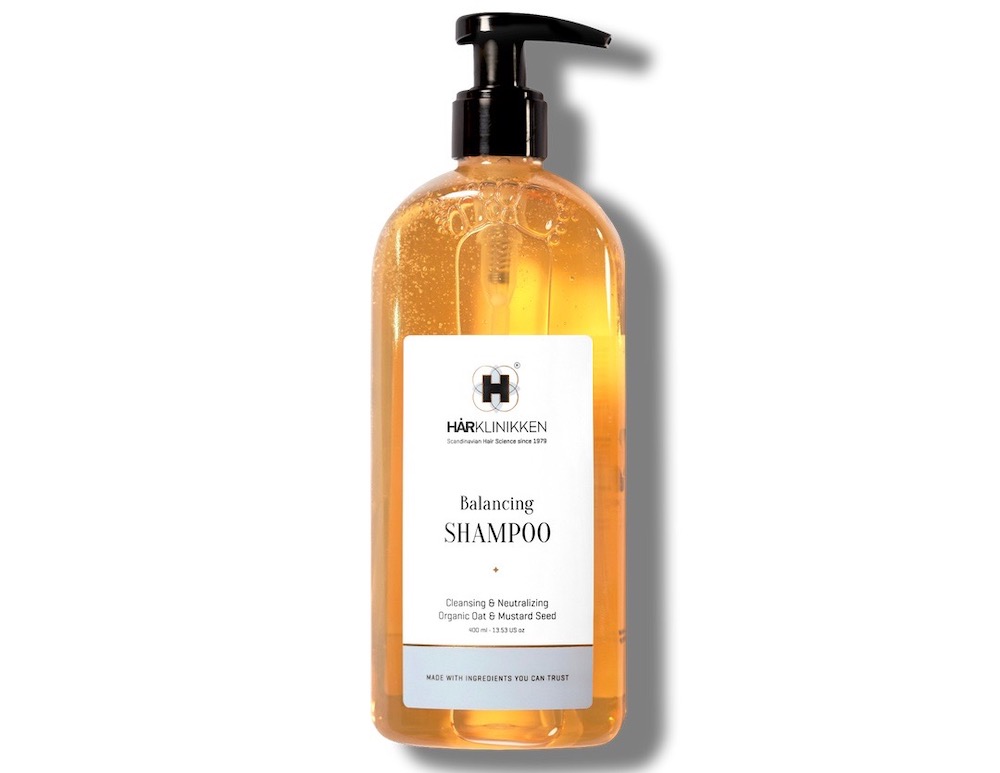
Harklinikken Balancing Shampoo, $54 at Harklinikken
A healthy scalp (and life) is all about balance. This shampoo takes care of dryness with its organic oat and mustard seed formula. Just a dime-size amount will calm scalp irritation and promote a gorgeous mane. And it doesn't contain silicone, SLS, SLES, perfume, color, petrochemicals or parabens — all of which are potentially irritating to dry scalps.
-
Dry Scalp #3

Omorovicza Revitalizing Scalp Mask, $79 at Omorovicza
There's a mask for almost every body part, including the scalp. This luxurious version utilizes Omorovicza's Hungarian moor mud to detoxify plus menthol and camphor to provide relief from irritating itchiness. The pre-shampoo treatment restores the scalp and leaves hair noticeably softer.
-
Dry Scalp #4

Sachajuan Scalp Shampoo, $95 at Sachajuan
One of our favorite skin care ingredients, salicylic acid, makes a surprise appearance in this nourishing shampoo. The ingredient helps dislodge flakes from the scalp so wheat protein can strengthen hair. The formula also reduces uncomfortable tightness and irritation. Those with dyed strands don't have to worry — it's suitable for color-treated hair.
-
Dry Scalp #5
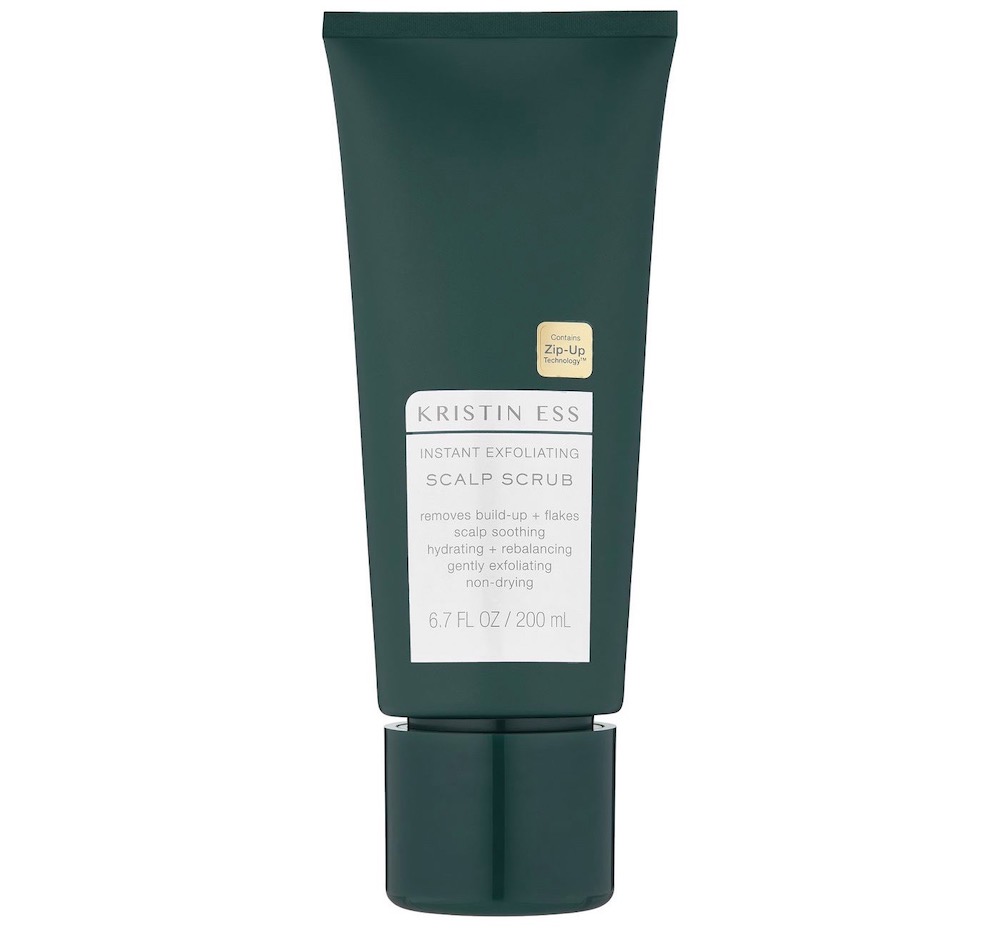
Kristin Ess Instant Exfoliating Scalp Scrub, $14 at Target
A scalp scrub can be a game changer, but the wrong one can make dryness worse. This gentle exfoliator has a sugar complex that ensures the scalp retains moisture as buildup is swept away. The soothing formula is gentle enough that it can be used on sensitive scalps once per week.
-
Dry Scalp #6
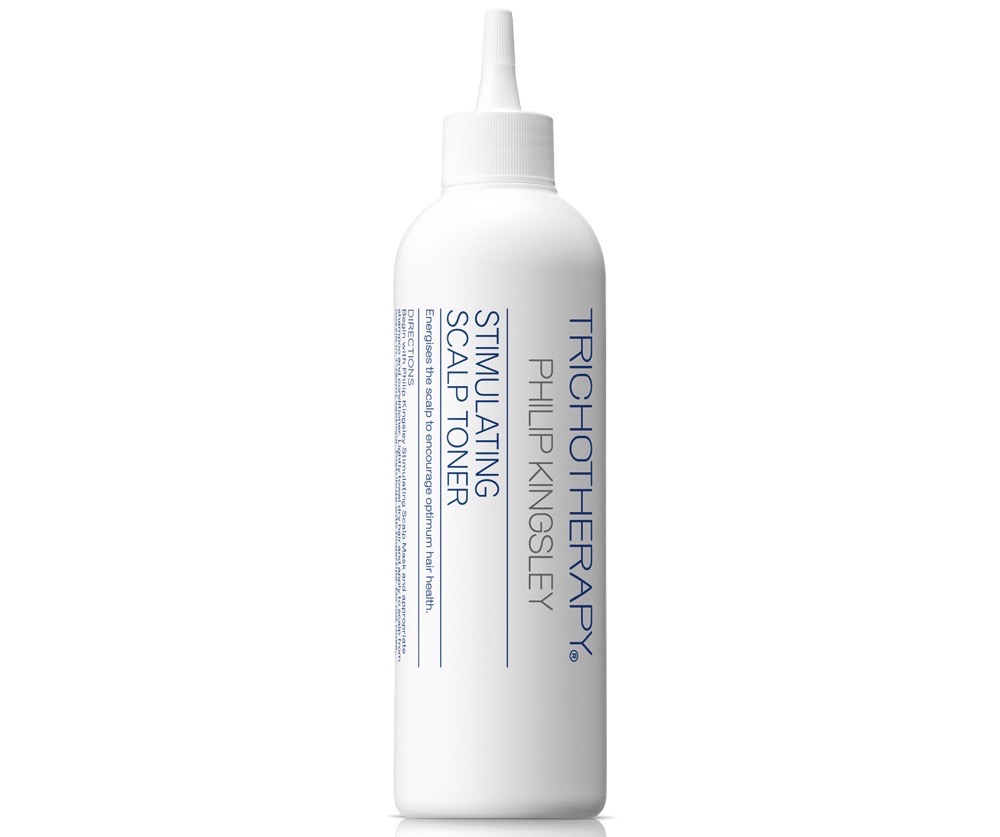
Philip Kingsley Scalp Toner, $34 at Philip Kingsley
A toner for somewhere besides the face? Yup. After shampooing, apply the water-based toner to lightly towel-dried hair. The multitasking formula is mildly astringent to fight off bacteria and manage excess oil. It also increases blood circulation and rehydrates.
-
Dry Scalp #7

Matrix Biolage R.A.W. Rebalance Scalp Oil, $30 at Beauty Plus Salon
Apply just a couple of drops of this vegan healthy scalp treatment to get your hair and scalp back in order. An essential oil blend of lemongrass, fennel and peppermint tackle out-of-whack scalps and release an invigorating scent. The scalp oil is suitable for all hair types and can be used overnight.
-
Dry Scalp #8
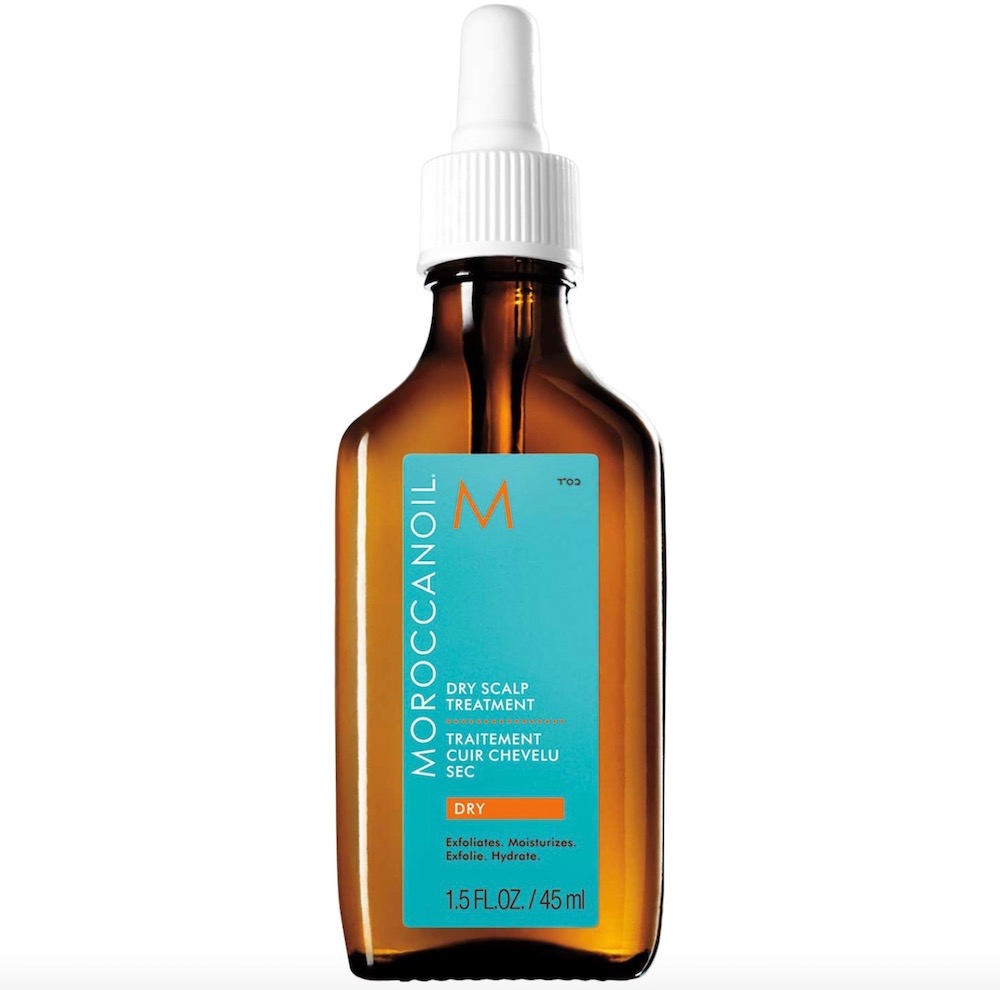
Moroccanoil Dry Scalp Treatment, $38 at Sephora
Get good scalp and hair days with this balancing treatment. Divide hair into sections, then apply a couple of drops of the argan oil product. Massage the treatment into the scalp and leave on for 5 to 10 minutes so it can moisturize strands from top to bottom.
-
Dry Scalp #9
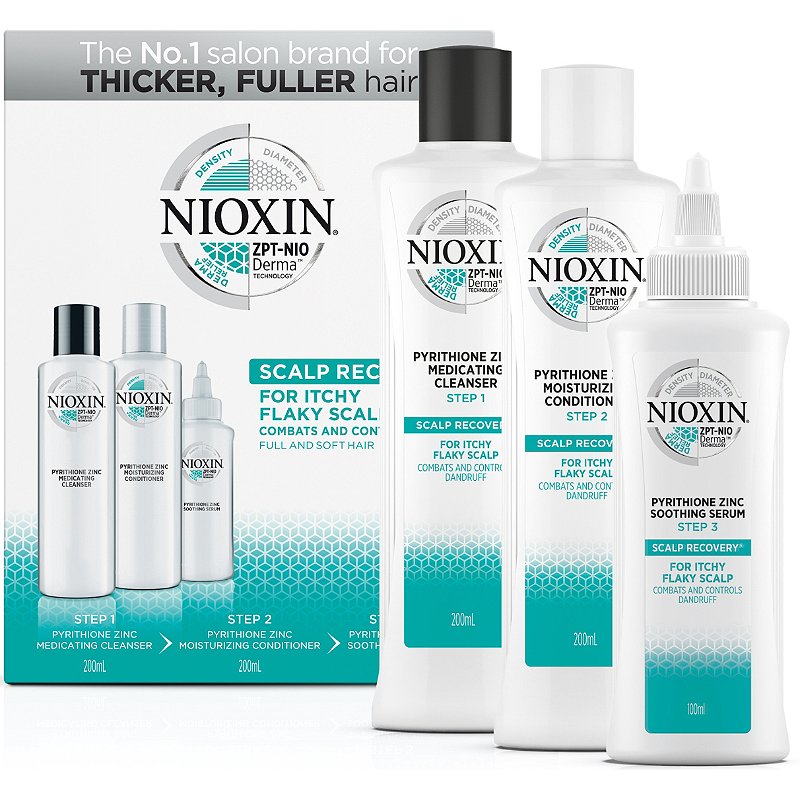
Nioxin Scalp Recovery Kit, $45.50 at Ulta Beauty
Is a dry, flaky scalp impacting your life? Soothe it with a multistep approach. Nioxin's three-step scalp recovery kit has shampoo, conditioner and a soothing serum. Each one has pyrithione zinc and green tea polyphenols to get that angry scalp under control. Say goodbye to flakes and dryness.
-
Dry Scalp #10
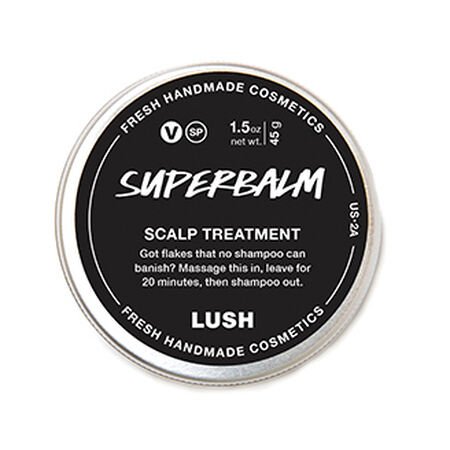
Lush Superbalm Scalp Treatment, $24.95 at Lush
Is that dry, itchy scalp driving you bonkers? Relief is on the way in 20-ish minutes with this treatment. Salicylic acid (formed naturally from meadowsweet), coconut oil and calming lavender help remove buildup and quell the compulsive desire to scratch.
